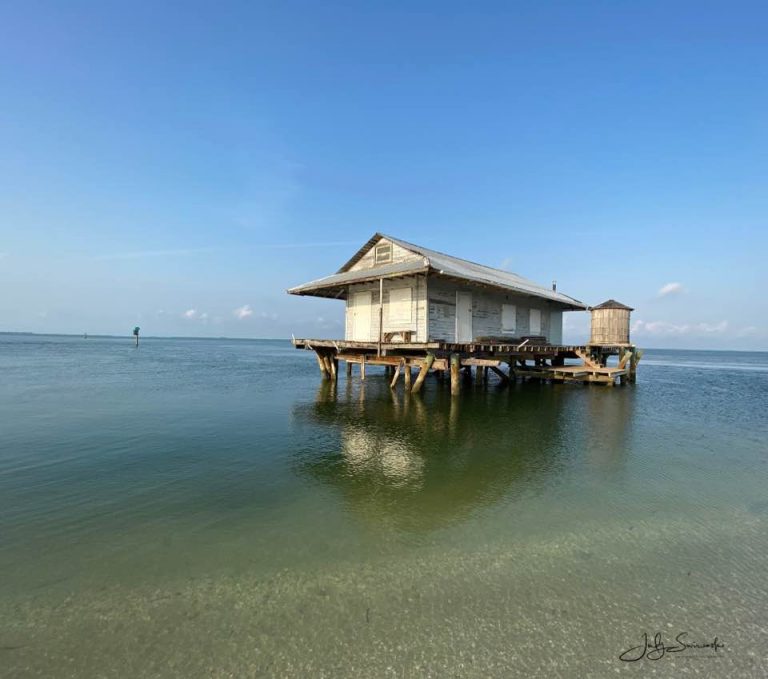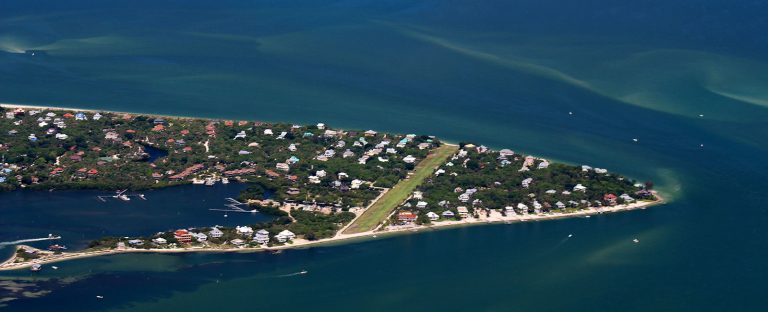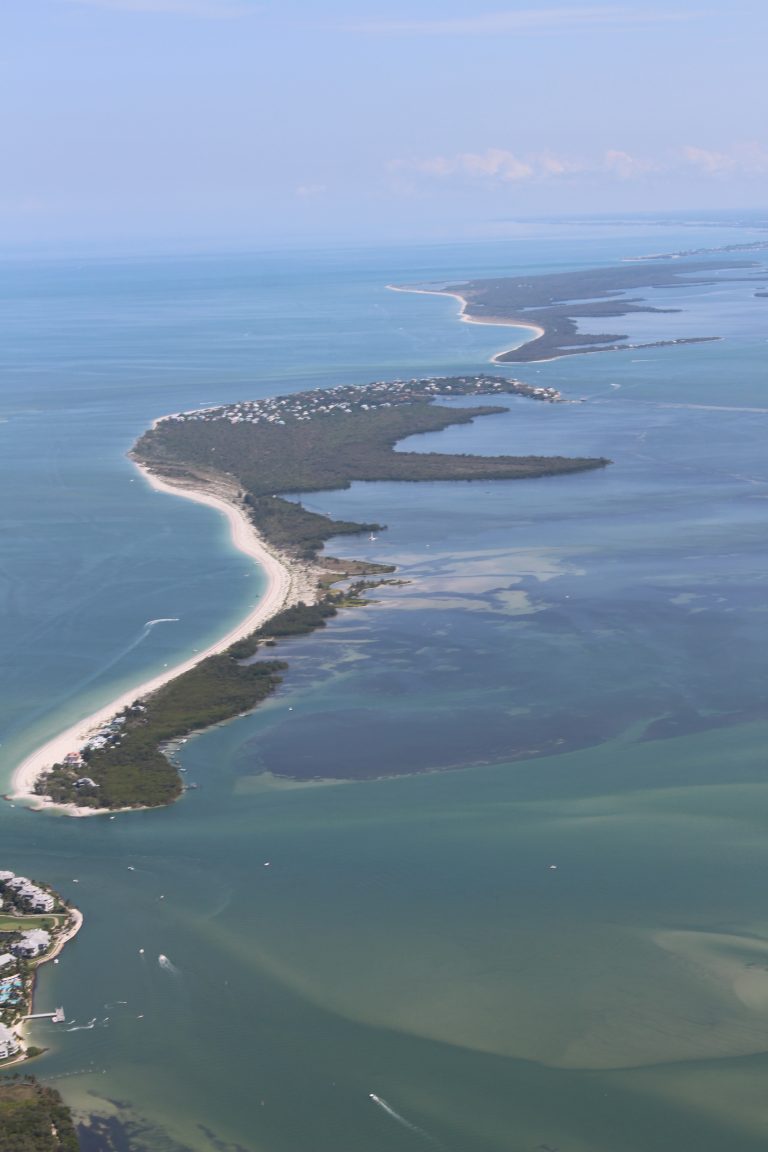Safety Harbor Club
The story of Safety Harbor begins with Arthur (Bunky) Mason, a Washington DC lawyer, and his battle to create the Safety Harbor Club. A frequent visitor to the area, Mason quickly realized the difficulty in developing this community in a world of an unregulated, lawless, remote, unforgiving county. Through bureaucratic nightmares, financial woes, corruption, fraud, and arson, the real story reads more like a Carl Hiaasen novel than reality. It is no wonder Mason titled his memoir of the project Hell in Paradise where he wrote “Nothing good comes easy and I’ve used these pages to give a picture on how easy it was not.”
In 1980, Mason decided to embark on a new kind of project—not just another housing development. Determined to respect and preserve nature, beautiful sand beaches, and the abundant and varied island wildlife, each lot and house was planned so it didn’t interfere with the view of its neighbor, roads were not paved, and homes built around existing trees. Careful planning to maintain a small environmental footprint with the help of some engineers, they create an irregularly shaped manmade lake which filled itself with fresh water when they dug. This was key in providing winding unpaved roads, water for firefighting, drainage in heavy rains and to allow the least disruption of native plants along the way.
Almost immediately Mason and his partner encountered problems. Lien lines were erased on the property survey which they did not know until long after closing. Close to completion of a townhome, somebody set fire to it. Bank financing woes of the 80’s brought them to the brink of bankruptcy. The State of Florida had to approve running cable below the water while some protested about disrupting a rare alga. The cable was to run underwater and ground from Captiva to Upper Captiva. All at Mason and partners’ expense. The island has Mason to thank as electricity is available to anyone else on the island to tap into because of him. The target and expenses continued to change, and the County required a Fire Station in addition to the lake— so they built it.
In the end, Arthur Mason finally did make some money but not much over the hours and stress of years to create Safety Harbor Club. He and his family had some great years there in his retirement.
Safety Harbor Club is a testament to Arthur Mason’s determination. Today it stands as a reminder that even in the face of overwhelming obstacles, it is possible to create a harmonious coexistence between man and nature.
Upper Captiva Island
Originally part of a larger island, a powerful hurricane in 1921 split Captiva in two, creating what is now known as Upper Captiva Island and Redfish Pass. This natural disaster may have helped preserve the unspoiled charm of Upper Captiva in that you cannot access by car since there are no bridges from the mainland. The shallow waters, rich in marine creatures, attracted early humans drawn to the abundant food source. By 500AD, nomadic people had settled and formed the sophisticated Calusa civilization. The Calusa were master fishermen and builders who thrived in harmony with their natural surroundings. The Calusa, however, didn’t fare as well when the Spanish arrived in the early 1500s.
While no documented evidence exists of pirate activity, local lore often weaves tales of pirates using the island as a hideout. Given its isolation and strategic location along the trade routes of the Gulf of Mexico, it’s not hard to imagine that the island could have been a temporary refuge for seafarers looking to evade the authorities. These legends have been passed down through generations, adding an air of mystery to the island’s history.
Fast forward to the 20th century, Upper Captiva began to attract developers, but its remote nature and the lack of infrastructure kept it from becoming overly commercialized. Instead, it evolved into a tranquil escape, with homes gradually appearing among the island’s lush vegetation. The island’s natural state was largely preserved, offering visitors a glimpse of what Florida’s barrier islands were like before development.
So, there you have it: A tiny island with a big history. Upper Captiva remains a unique blend of history and untouched nature. While modern amenities have found their way to the island, the stories of hidden pirate treasure, Flash the resurrected pig, and modern outlaws still linger. These tales, whether fact or fiction, have become a cherished part of the island’s identity, inviting visitors to explore its shores with the hope that perhaps, just maybe, the sands of Upper Captiva still conceal secrets from a bygone era.


